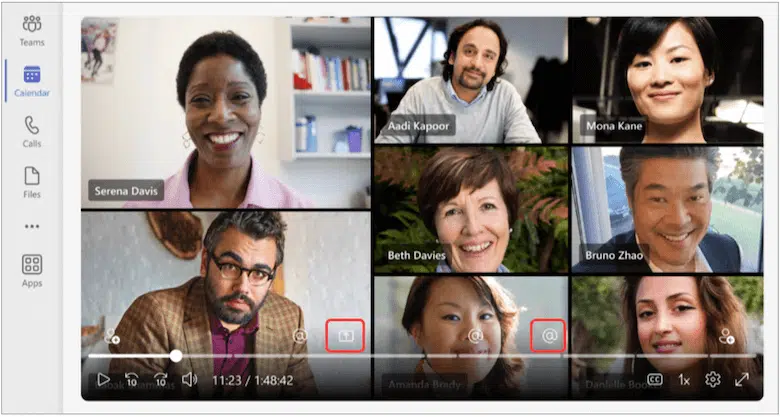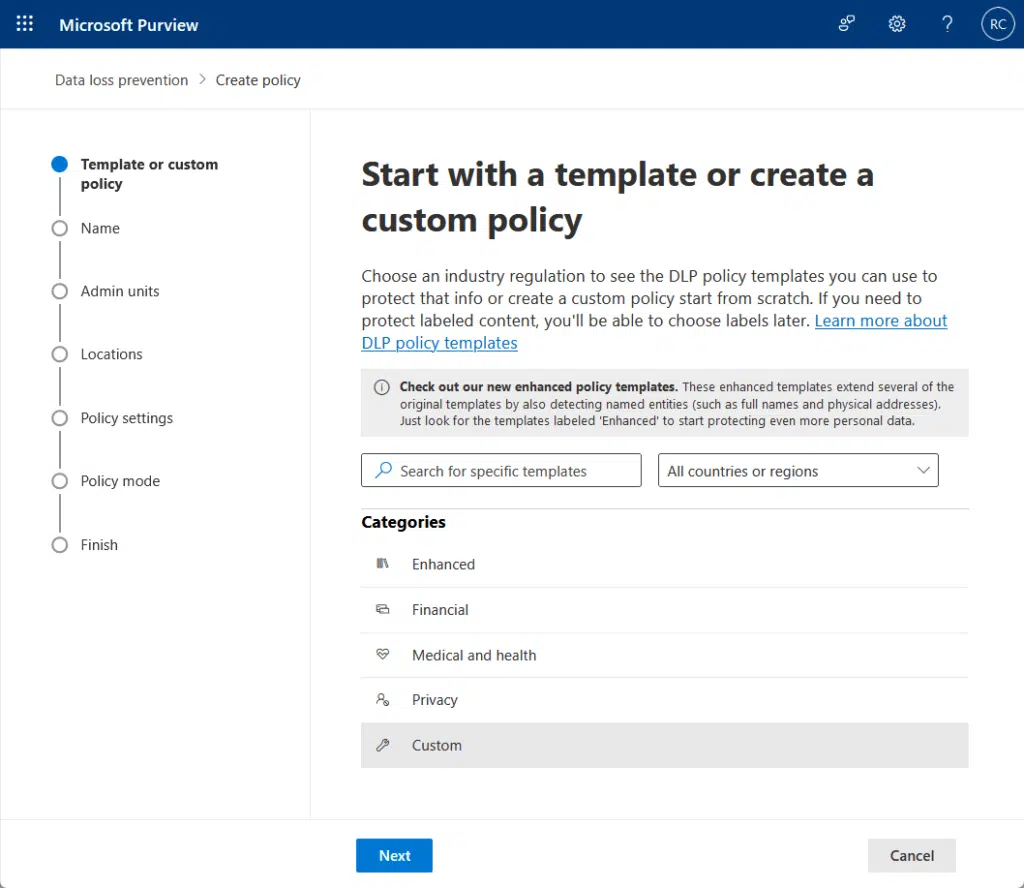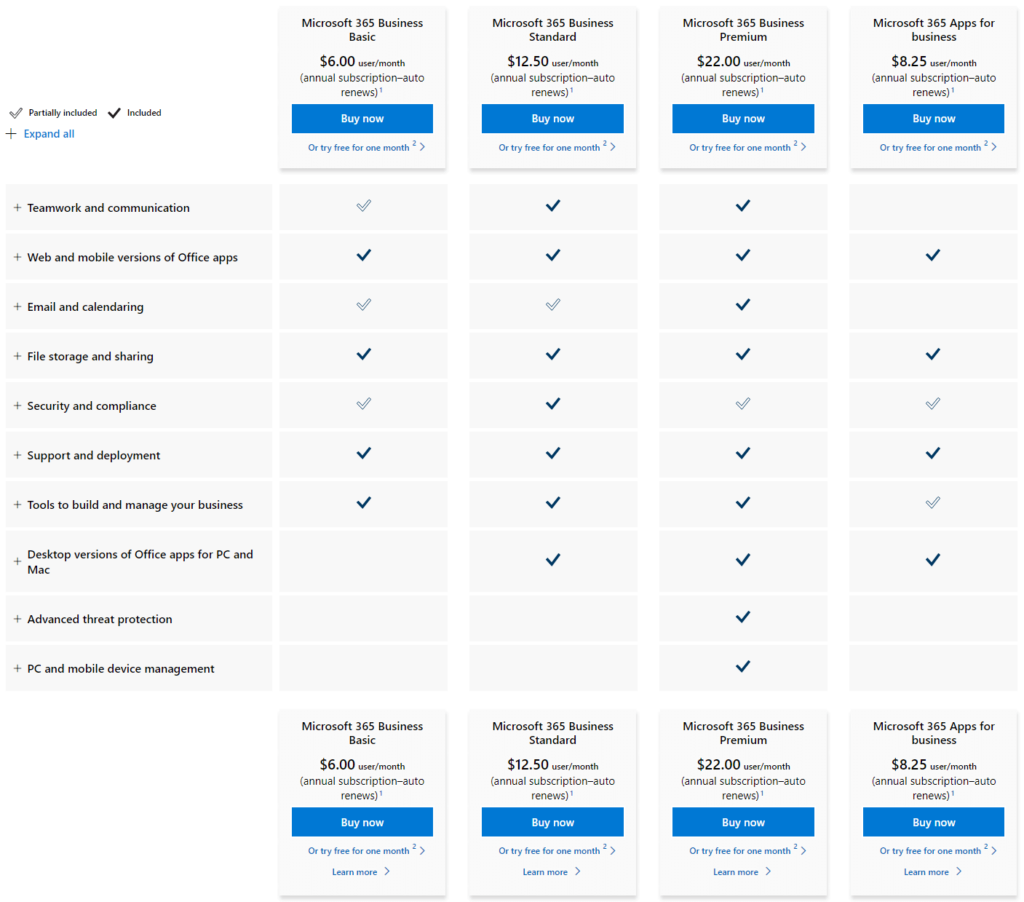Last Updated on March 26, 2025
Looking for ways your business can benefit from Microsoft 365?
In this guide, let’s talk about the benefits of Microsoft 365 to companies and the features that make it true.
Let’s get started.
Table of Contents:
How big is Microsoft 365?
Everyone is mostly familiar with Microsoft 365, or at least with one of its products.
As you know, it’s a subscription-based suite of productivity applications and cloud services developed by Microsoft.
Not many take a pause and contemplate how massive Microsoft 365 is in terms of what it offers as a whole.
Just a snapshot of its breadth:
- Core Office apps
- Communication and collaboration tools
- Microsoft cloud storage and sharing
- Project and task management
- Security and compliance
- Workflow automation and AI
In each of those categories, Microsoft 365 has at least 2 tools, such as OneDrive and SharePoint contribute to storage and sharing.
Not to mention, SharePoint Online in itself is huge, with lots of features in itself, like sites, lists, and document libraries.
Anyway, Microsoft 365 is a whole ecosystem of apps and services designed to cover almost every need a business might have.
Sign up for exclusive updates, tips, and strategies
AI-Powered Productivity Tools
The rave right now is AI, and it’s not a wonder as AI tools can save time, reduce manual work, and help get smarter, faster results.
Instead of doing things from scratch, employees can get AI-generated suggestions, summaries, and even full drafts in seconds.
Here are examples of how businesses can use them:
- Copilot in Word can draft reports, proposals, and emails based on prompts or existing documents
- In Excel, AI can analyze trends, build dashboards, and highlight insights without needing advanced formulas
- PowerPoint can turn bullet points or outlines into full presentations with design suggestions
- Power Automate lets businesses use AI to automate repetitive tasks like approvals, notifications, and data entry
- Microsoft 365 Copilot in apps can answer questions based on your files, emails, chats, and calendar
Microsoft 365 Copilot is the knight in shining armor here, as it’s the cutting-edge AI tool that makes those above possible.

There’s also the Copilot Chat itself that’s integrated within Microsoft 365 applications, even on some Microsoft mobile apps.
As the “chat” tool, users will be able to interact conversationally with their work data right inside the very tool they’re working on.
For example, in Microsoft Teams, Copilot Chat can summarize meeting discussions and highlight action items.
It can even help in writing draft emails in Outlook by referencing relevant documents and previous communications.
All these can help employees focus on work that actually moves the business forward, instead of the repetitive stuff.
Communication and Collaboration Platforms
After the pandemic, even more people have realized how important communication and collaboration platforms are.
The ones in Microsoft 365 are a game-changer for how businesses work together, especially with hybrid or remote teams.
These are how:
- Microsoft Teams brings instant messaging, video calls, meetings, and file sharing into one place
- Multiple people can work on the same Word, Excel, or PowerPoint file at the same time
- SharePoint and OneDrive give teams access to shared folders and documents
- Apps like Planner, To Do, and Loop integrate with Teams and Outlook to track tasks and organize work without switching apps
- Everyone has access to the same tools and files, even on multiple devices
Let’s say you’re working on a marketing campaign launch.
Before, your team might have been using email to communicate, which then led to long threads and missed updates.
Share files back and forth, which may have resulted in different versions of the same document.
With Microsoft 365, you can use Microsoft Teams and make it the campaign hub.

Each campaign can have its own dedicated channel where all communication, files, and meeting notes live.
That’s only 1 Microsoft app; add SharePoint Online to the mix, and you would have an even more amazing experience.
Advanced Security Measures
We’re not only talking about productivity here, especially now with so many threats like phishing, ransomware, and data breaches.
Microsoft 365 includes built-in advanced security tools that can help protect your business without needing an IT team.
Specifically:
- Microsoft Defender for Office 365 scans emails and files to block phishing attempts, malware, and suspicious links
- Data Loss Prevention (DLP) helps stop employees from accidentally sharing private info
- Identity and access management tools make sure only the right people can get into the company systems and files
- Tools like Microsoft Purview help businesses stay on top of industry regulations
- The security center gives visibility into potential threats and lets businesses respond quickly
For example, let’s say you’re a healthcare clinic, and as you know, protecting patient data isn’t only smart, it’s required by law.
You will usually face such problems:
- Staff often emailed patient documents or test results to each other or patients.
- Some employees used weak passwords, and there’s no real control over who has access to what.
- The clinic worried about compliance and ransomware attacks targeting medical records.
With Microsoft 365, you will have access to Defender, which will block suspicious attachments or links before they reach inboxes.
You would also be able to set up DLP policies to prevent emails from being sent if they contain personal health information.

Even with weak passwords, every staff member must verify identity using MFA, so the risk of being hacked gets lower.
Microsoft Entra can also help with who can access what, like doctors being the only people who can access sensitive patient files.
Flexible Licensing and Cost Management
Let’s talk a little about this practice, the behind-the-scenes benefit that actually matters for businesses.
The way Microsoft 365 can help is through:
- Pay-as-you-go pricing
- Scales with you
- Different plans for different roles
- Bundled services
- Predictable budgeting
Businesses only pay for what they use, so not having any massive upfront software purchases is a big green check.
Since Microsoft 365 is subscription-based, costs are spread out monthly or annually, and you can easily change the licensing.

Also, not everyone needs the full suite, like admin staff may only need basic tools, while managers need more.
You can then mix and match plans to save money, considering all the tools and services that come with one subscription.
In a business POV, let’s say you’re a startup tech company that hires seasonal developers for a 3-month product push.
With Microsoft 365, you can:
- Quickly assign new licenses to those devs
- Only pay for the months those devs are active.
- Give them secure access to files, chats, and tools immediately.
- Revoke access as soon as the contract ends.
That last part will keep the costs down and business data protected.
As you can see, Microsoft 365 is flexible, efficient, and perfect for fast-moving, budget-conscious businesses.
Continuous Updates and Support
Lastly, having continuous updates and support is a huge win for businesses, especially those without big IT teams.
That’s because:
- Microsoft 365 apps are updated automatically with the latest features and security fixes
- Businesses get access to improvements without paying extra or waiting for a new version
- Less time spent managing software updates means IT staff can focus on other priorities
- Microsoft offers round-the-clock help via chat, phone, or tickets
You would appreciate this when you try using a new feature that was just launched, or you have an issue and was resolved quickly.
For example, if you run into an issue with Outlook, you can get help immediately without waiting for an IT guy.
Do you have any questions about the benefits of Microsoft 365 to businesses? Let me know below.
For any business-related queries or concerns, contact me through the contact form. I always reply. 🙂

